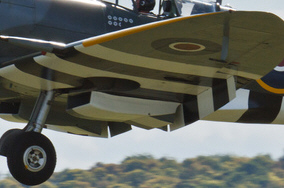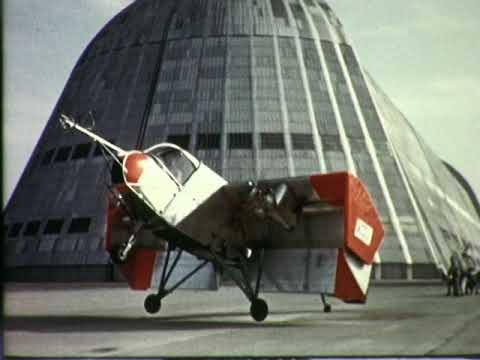The type of flaps shown in your question (Boeing 727, right?) work because of the small gaps between the single elements. Those help to re-energize the flow, and if more are added, a steeper angle will be possible. Deflecting the flaps more without adding more elements and gaps, however, will lead to flow separation when the wing is kept at the same angle of attack.
This separation reduces the pressure recovery towards the trailing edge and adds more suction on the rearward-facing parts of the wing, so separation increases drag. But the deflected flaps will also block the flow on the lower side of the wing more, which increases local pressure and, consequently, lift. However, this lift increase is small and is bought with a massive drag increase, so it is not economical to increase the flap deflection angle.
Note that increasing the angle of attack when flaps are deflected will cause a gradual increase in flow separation, beginning at the trailing edge and moving forward as angle of attack is increased. While the flow over the flaps is attached at the approach speed and angle of attack, during the flare it will start to separate. The drag increase from this separation is actually desired because it helps to slow down the aircraft.
Less complex flaps do use higher deflection angles and the flow separation that comes with it on purpose. Take the SB-10, for example: Here the inner camber flaps can be set to 70° for landing. This setting will produce the highest lift coefficient, but the drag is excessive. With an L/D of over 50, the SB-10 is not easy to land, and the high drag helps!
A typical landing works like this: First, the approach is flown at 90 km/h with normal flap setting for low speed (+10°) in a glide pointing at a location far beyond the desired landing spot. In about 30 to 50 m altitude the pilot pulls the nose up and slows the airplane to 70 km/h so the dynamic pressure on the flaps is low enough to deflect them down to 70°. Then he has to push the nose down quickly to avoid stalling the glider, and now he can point the aircraft at a point on the ground maybe 50 m ahead of the desired landing spot. Pushing more will increase speed only moderately because of the high drag of the flaps (and the landing gear; it also adds maybe 50% of the drag of the glider with normal flap settings). Now the speed will be between 90 and 100 km/h and the flaps will create a loud whistling sound - great to alert everyone on the ground that the SB-10 is coming in for landing! In 5 m altitude he has to start a well-timed flare because speed will now decrease quickly and the aircraft will settle down immediately without any floating. Great for landing out in a restricted space.
Below you see the combined flap and speed brake which was used in the Glasflügel Mosquito and the Schempp-Hirth Mini Nimbus. Figure 1 shows the regular deflection range, while Figure 3 shows the approach configuration. Note that the segment ahead of the flap starts to open in order to act like a spoiler. While this increases drag, lift will be unaffected. Figure 2 shows the landing configuration which will produce the highest lift, but also the highest drag.

Flap and speed brake of the Glasflügel Mosquito.





